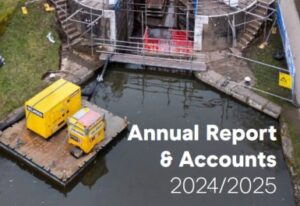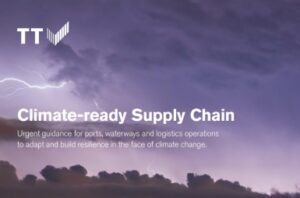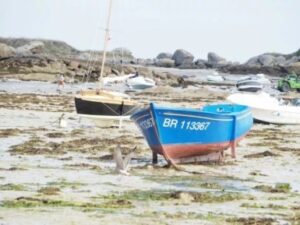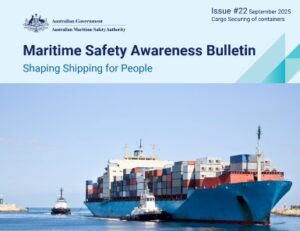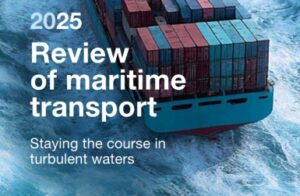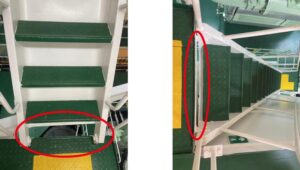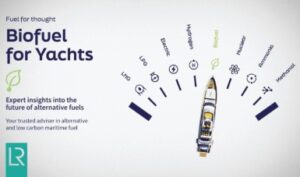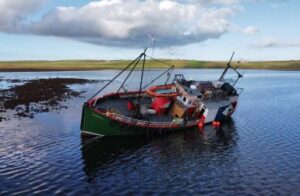
A dive support vessel, Jean Elaine, which grounded in the Scotland in 2024 was not certified for operation at the time of the accident said a report published by the UK Marine Accident Investigation Branch (MAIB).
What happened
On 22 July 2024, the dive support vessel Jean Elaine grounded on a falling tide in Saint Peter’s Pool in the Orkney Islands, Scotland. The vessel developed a severe port list and suffered water ingress. Continue reading “Jean Elaine, dive support vessel not certified for operation, says MAIB report”
 NorthStandard P&I Club has issued guidance on the rising fire risks associated with scrap metal cargoes, particularly those coming from East Coast USA and Ghent, Belgium. They highlight the need for strict vigilance.
NorthStandard P&I Club has issued guidance on the rising fire risks associated with scrap metal cargoes, particularly those coming from East Coast USA and Ghent, Belgium. They highlight the need for strict vigilance.